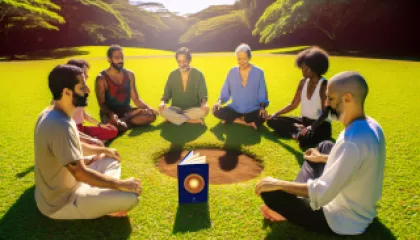In the heart of a world pulsating with digital noise and the relentless pressure of expectations, it’s easy to feel lost or overwhelmed. My name is Lydia Garza, and I’ve dedicated my life to being a beacon of calm in the storm. At 24, I bring a fresh perspective to therapy, intertwining traditional methods with an acute understanding of today’s digital challenges and chronic stress. Think of me not just as a therapist, but as your personal advocate for mental well-being.
My approach is characterized by warmth, empathy, and a genuine desire to understand and uplift. In our sessions, you’ll find a safe haven from judgment. A space where your feelings are valid, and your voice is heard. I believe in the power of nurturing support paired with actionable strategies to navigate the complexities of digital well-being and manage chronic stress.
The digital age comes with its unique set of challenges – social media anxiety, information overload, and the struggle to find balance. If you’ve ever felt like you’re drowning in a sea of notifications or that your screen time is controlling you rather than the other way around, you’re not alone. Together, we can explore techniques to reclaim your digital autonomy, fostering a healthier relationship with technology that aligns with your real-world values and aspirations.
Chronic stress, on the other hand, can be a silent saboteur, gradually impacting every facet of life without one even realizing it. Whether it stems from work, relationships, health issues, or the relentless pace of modern life, I’m here to help you identify stressors and implement coping mechanisms. By building resilience and finding moments of joy and relaxation amidst chaos, we can work towards a more balanced and fulfilling life.
With four years of experience in the field, I have witnessed the transformative power of compassionate therapy. It’s not just about talking; it’s about discovering new ways to see yourself and the world around you. It’s about learning to be kind to yourself, to breathe through the tough moments, and to celebrate the small victories.
I invite you to take the first step towards feeling more connected, balanced, and at peace. In our sessions, you will find a partner in navigating the complexities of life, someone who believes in your strength even when you might not. Let’s embark on this journey together, creating a space where you can grow, heal, and rediscover the joy of being.









